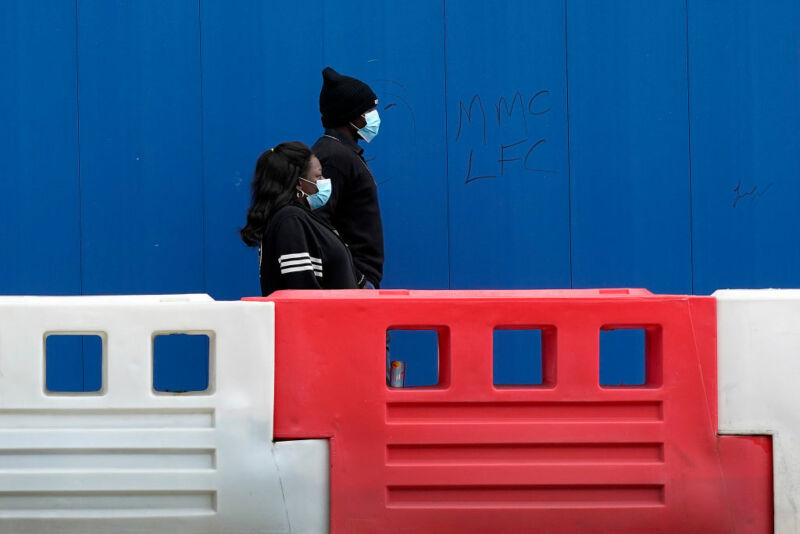US states stopped their pandemic social restrictions too soon

Enlarge / If you can't socially distance, a face mask helps. (credit: Christopher Furlong / Getty Images)
Many countries that controlled their COVID-19 cases in the spring are now seeing rises in infections, raising the prospect that they'll face a second wave of cases, as many epidemiological models had predicted. But in the United States, the number of cases has never dropped to low levels. Instead, it varied between high levels of infection and very high peaks in cases. Why is everything so different in the states?
While there are plenty of possible reasons, a series of new studies essentially blame all the obvious ones: the United States ended social distancing rules too soon, never built up sufficient testing and contact-tracing capabilities, and hasn't adopted habits like mask use that might help substitute for its failures elsewhere. The fact that some of these studies used very different methods to arrive at similar conclusions suggests that those conclusions are likely to hold up as more studies come in.
Too soonOne of the studies, performed by a US-South African team, looked at the relaxation of social distancing rules in the US. Its authors created a list of restrictions for each state and the District of Columbia and tracked the number of COVID-19 deaths in each state for eight weeks prior to the rules being terminated. The number of deaths was used as a proxy for the total number of cases, as the erratic availability of tests made the true infection rate difficult to determine.
Read 14 remaining paragraphs | Comments